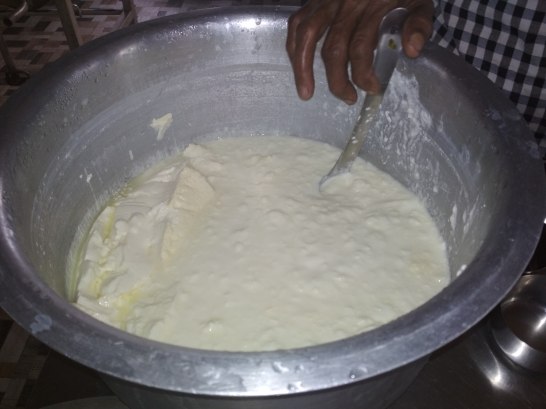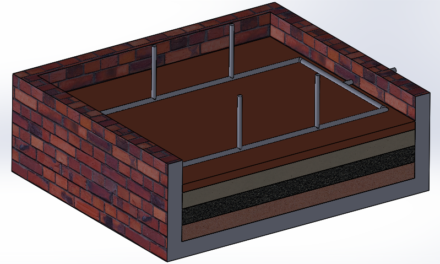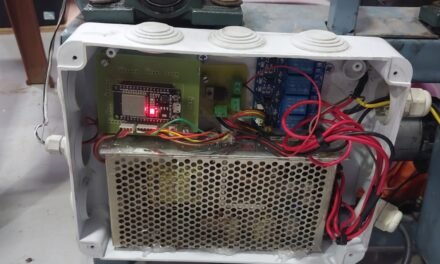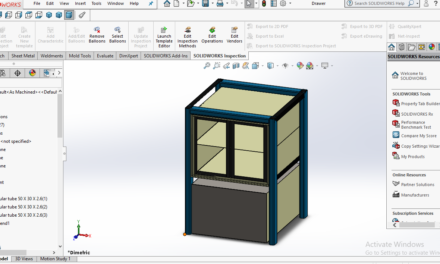Curd:-
Curd is a dairy product obtained by coagulating milk in a process called curdling. The coagulation can be caused by adding rennet or any edible acidic substance such as lemon juice or vinegar, and then allowing it to coagulate. The increased acidity causes the milk proteins to tangle into solid masses, or curds.
Process of conversion of milk into curd by lactobaccilus.
Milk is converted into curd or yogurt by the process of fermentation. Milk consists of globular proteins called casein. The curd forms because of the chemical reaction between the lactic acid bacteria and casein. During fermentation, the bacteria use enzymes to produce energy (ATP) from lactose. The byproduct of ATP production is lactic acid. Lactic acid acts on the globular proteins present in the milk and denatures them. This denaturation destroys the tertiary and quaternary structures of proteins and the globular proteins are converted into fibrous proteins thus giving a thick texture to the milk due to coagulation of the proteins.
Problem Definition : –
Introduction :-
Making curd is a day today activity at every household. It has traditional methods to make curd but there are many factors affecting on the final outcome oncurd such as Session Change, Whether Condition, Culture Quality and quantity etc.
Our organization (Vidyan Ashram,Pabal) has around 80-100 students, teachers, visitors and other guests their daily meals has curd consumption is around 8-10 Liters that is around 100 ml of curd per persons.
As an Biotechnology Engineer, I have been asked questions about making curd and making of Standard procedure of making curd in such large quantity also science behind it’s making and also asked it’s practical solutions to make routing best quality Curd and it’s Culture . To address this small but helpful problem of making Consitantantly good quality curd on daily basis I have studied first what are reasons behind it’s failure and try to come up with a permanent solution.
Different Tests and Trails in Lab :-
Methods 1 :
We have started taking different trails on daily basis with a traditional methods. In this we use to inoculate curd culture in milk evening around 05:3-0 PM and keeping in whole setup up at room themperature for next day morning upto around 09.00 A.M and to stop it’s further growth we use to keep it for refrigeration. within this period of 12-14 hours it’s bacteria grow it’s full life cycle and then stop after refrigeration.
Observations : –
In this empirical method It has been observed that quality of output was not as good as expected, some times it’s tests becomes very sour which is may unhealthy to eat.
Method 2:-
In this method we have tried reducing time by 4 hr. that is total incubation time is 9 hr.
Observations:-
In this method we have been observed that quality of output was good compare to method 1 but after 10-15 days quality of curd culture get down because of unwanted growth of bacteria.
Method 3:-
To optimize incubation time required in making curd we decided to focus on temperature aspect. In first attempt we had choose oven to maintain temperature at degree centigrade and noted time required to get expected outcome.
we have repeated this method twice for keeping time constant for three hours and changing temperature .
Observation:-
It has been observed that this method is giving out come as expected as compare with above method 1 and method 2.
Method 4:-
As we able to get successful result in oven we decided to used heat retention box as a practical solution. to used it as on daily basis.
Observation:-
It is been observed that out of four method last method is more efficient.
CURD TRIAL:–
We had inconsistency curd in our kitchen. Typically sour curd and contamination results in throat infection. Hence it was decided to control process by controlling temp. And culture. Different trials were undertaken with O-fat (one factor at a time) by varying temp.
TABLE:-
| CURD Trial | Temperature | Time | Apparatus |
| 1 | 42 | 3 hr | Oven |
| 2 | 45 | 3 hr | oven |
| 3 | 45 | 3 hr | Heat Retention Box |
| 4 | 45 | 3 hr | Heat Retention Box |
Further optimization will be continue.
Heat Retention Box:-
In Vigyan Ashram we made heat retention box. Idea is to make heat retention cooking box. Heat-retention cooking saves cooking fuel because after food has been heated to cooking temperature, it is placed into an insulated box where it will continue to cook until it is done. Retained-heat cooking is often introduced along with solar cooking since it further reduces the use of traditional fuels such as firewood and the use of this method allows much more food to be cooked each day in a solar cooker. This method of cooking is also known as retained-heat cooking, fireless cooking, hay box cooking, or wonder box cooking. Even it stays hot for hours. Heat retention box have been made using hay, straw, wool, feathers, cotton, rice hulls, cardboard, aluminum foil, Inside part made this on Shopboot machine.
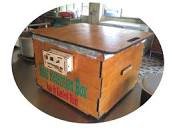
Above are some sample pictures of heat retention box, as per this I am going to used this heat retention box as ‘Curd Maker’ which will be helpful for making good type of curd.
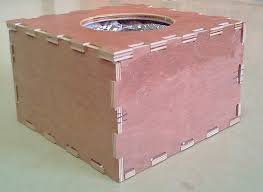
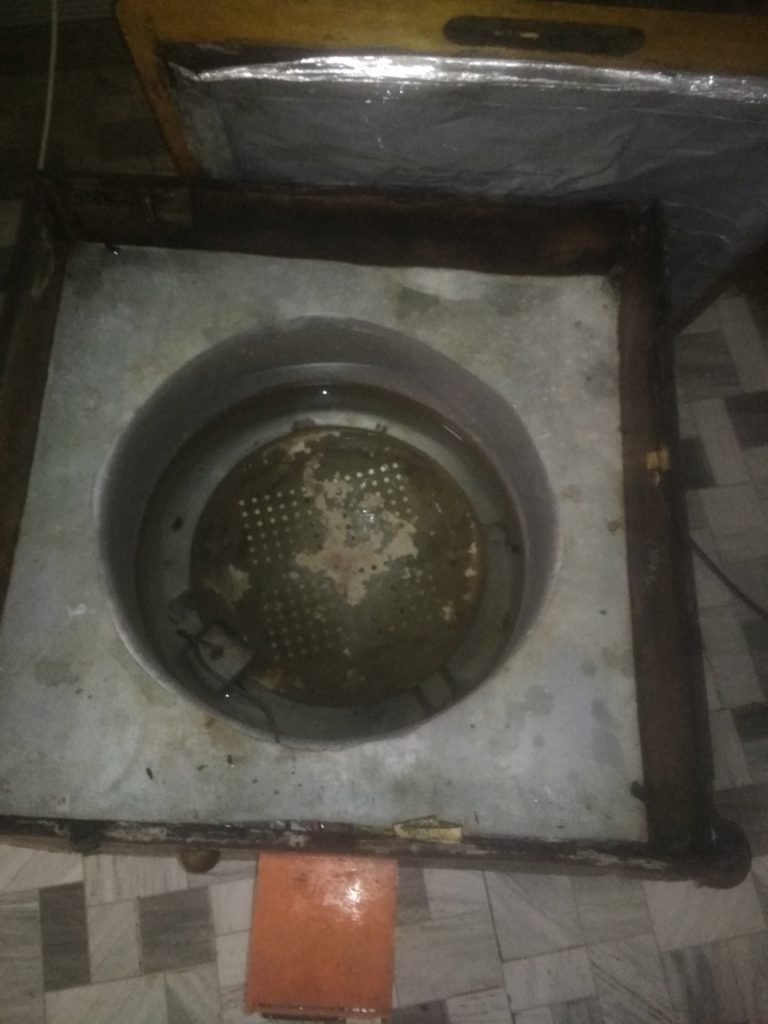
After modification done in to heat retention box. this can be used as a curd maker. PID- temperature controller is used for the control temperature.
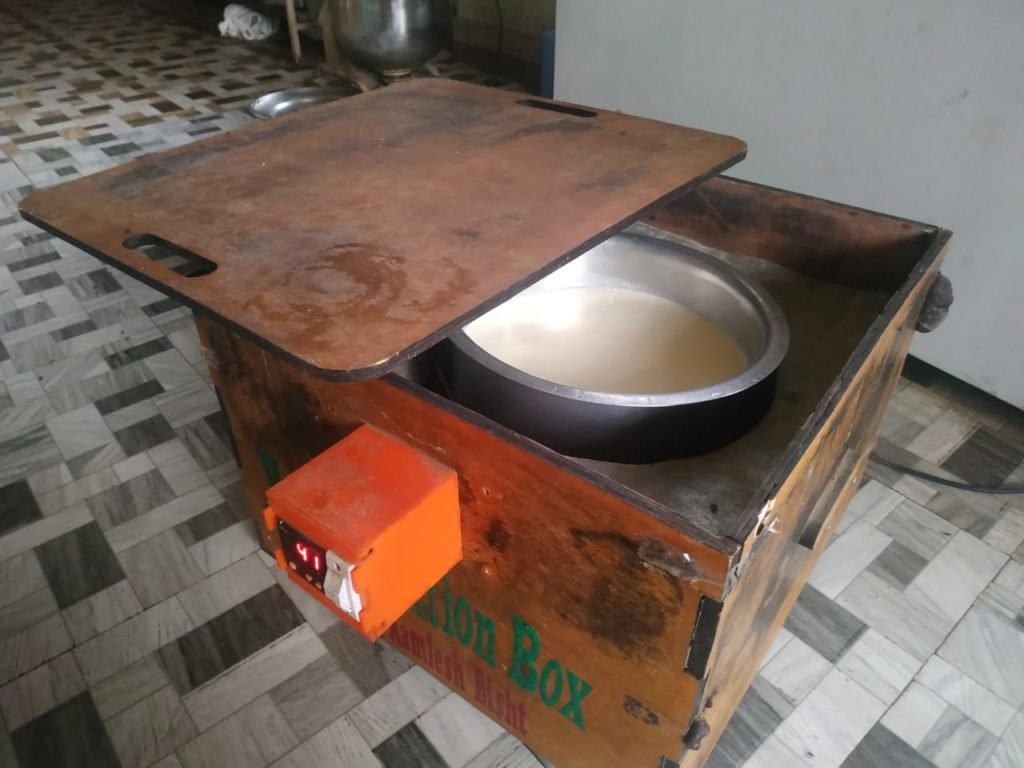
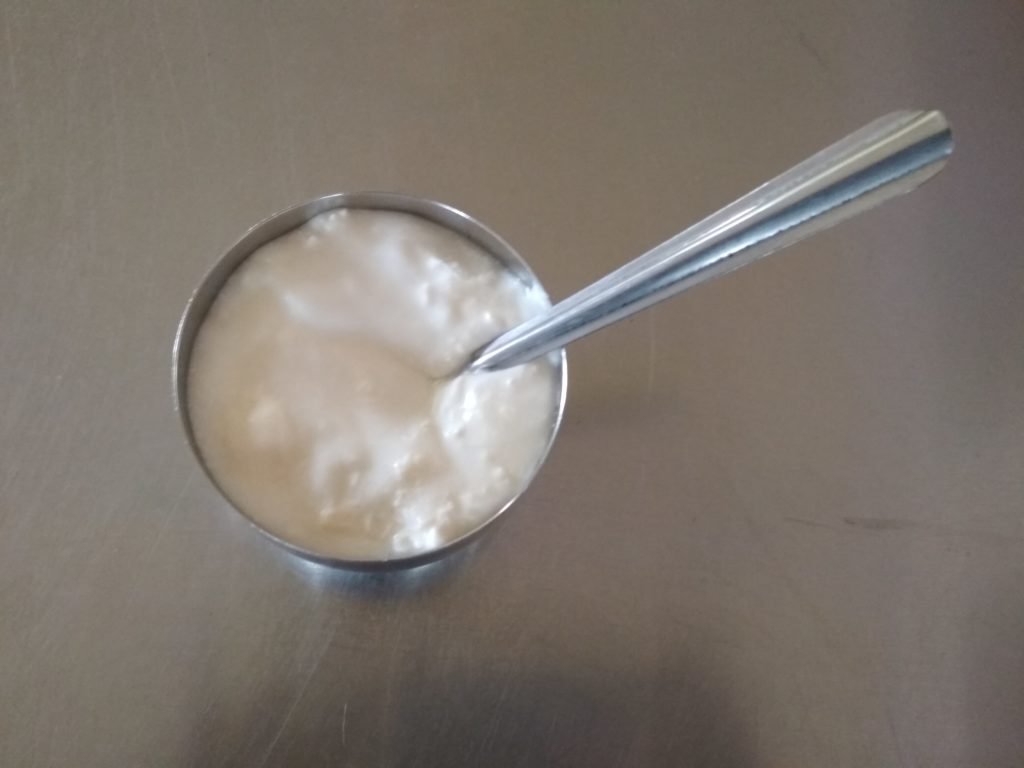
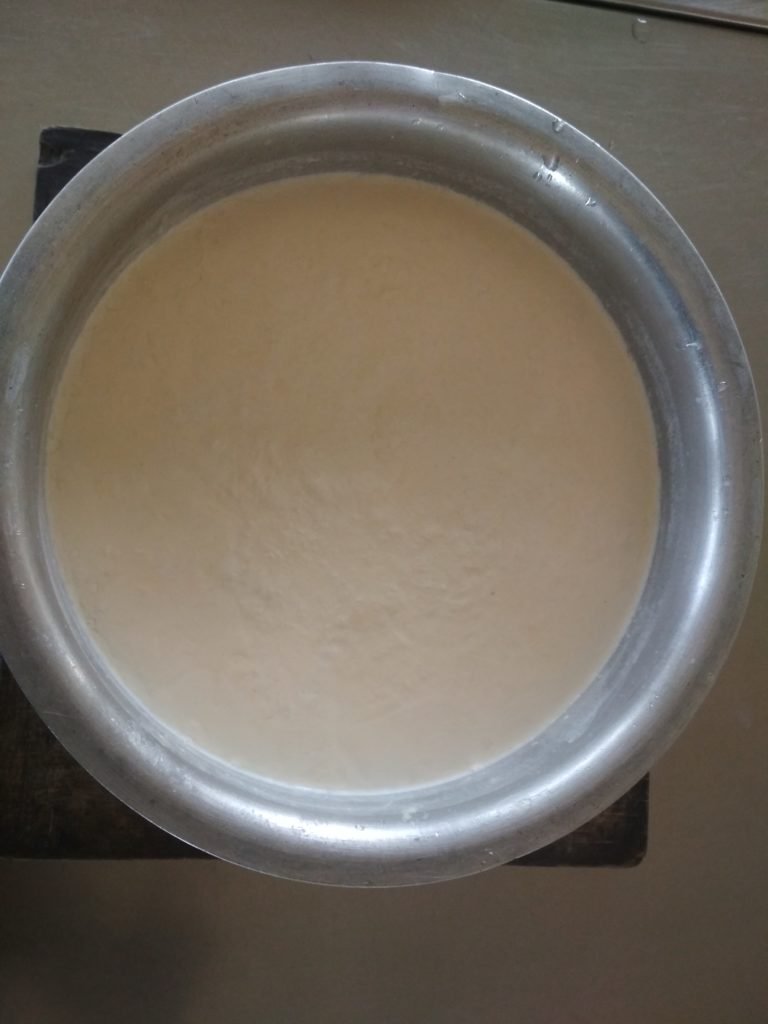
Future scope:-
One can design portable curd making apparatus by using electrical and mechanical expertise.
Making dahi/curd at home without curd machine is actually simple and easy process. Follow these tips and make dahi/ curd at home.
Ingredients:
• 2 cups Milk
• 1 tsp Dahi Method:
• Take dahi in a bowl. It should be at room temperature.
• Add dahi and whisk it really good for about 2-3 minutes.
• Pour out the milk into a plastic container.
• Cover and keep the container at warm place for about 8-10 hours. Keep it over night preferably.
• Transfer the set dahi into freeze.
• You can use this dahi in any recipe.
• You can have it as it is or use for kadhi too.
Tips:
• Use milk at room temperature. You also can use warm milk.
• For that heat up milk and let it come to room temperature for about 2-3 hours.
• Or heat up milk and pour out into a bowl and stir it with beater until it becomes warm.
• Use plastic container for dahi/ curd to set. Try to avoid glass container as dahi/ curd set in it may get a little sticky texture.





